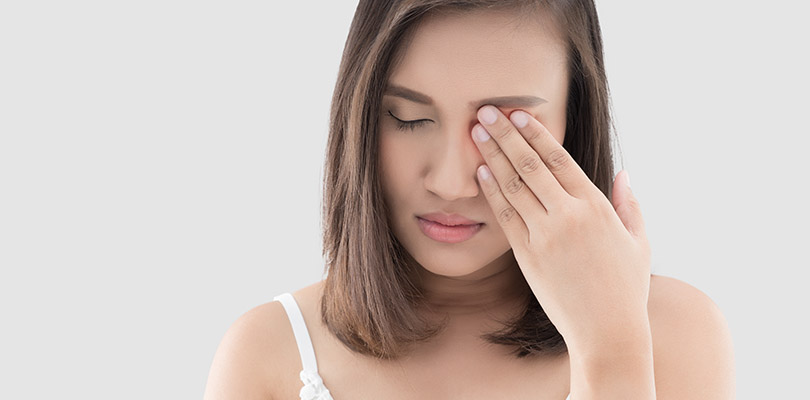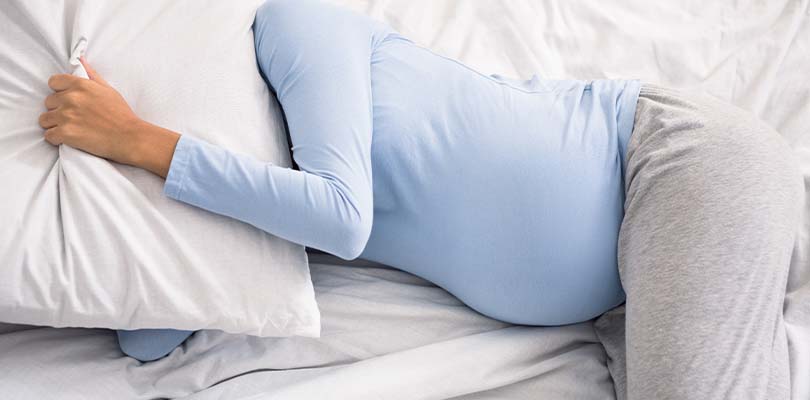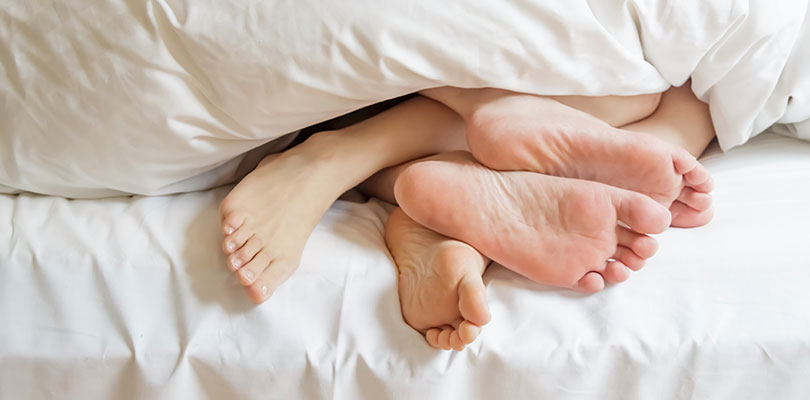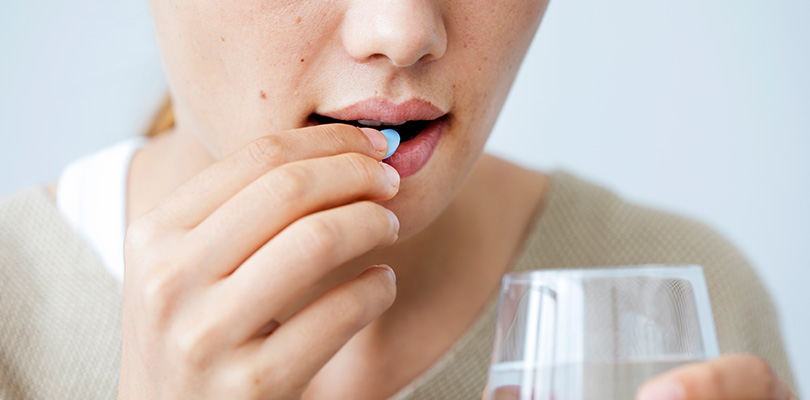What’s This Bump Around My Eye?
Your eyes are the window into your soul, and one of the first things people notice about you. Because of this, you want to make sure their initial impression of you is positive and free from blemishes.
You were confident until you noticed this small bump around your eyelid. At first, you chalked it up as a pimple, but now, time has passed, and you aren’t so sure.
Depending you’re your symptoms, your bump could be a sty. Keep reading to learn all you need to know about sty on the eye.
What Is a Sty?
Anyone with a bump on their eye should at least consider a sty as a possible culprit. After all, styes are the most common form of bump around the eye.
Though the condition may seem serious, a sty is nothing more than an inflamed oil gland. They are usually found around the edge of the eye where the eyelashes connect to the eyelid.
Styes can look differently depending on various factors, but they often appear as a red, puffy lump. It may be sore or sensitive to the touch.
Some styes will be quite small and unobtrusive while others will be large. If a sty grows big enough, it can block your vision and create a notable distraction.
How Do Styes Form?
As mentioned, styes are the result of a blocked oil gland. Once the gland becomes blocked, bacteria begin growing around the area.
Over the course of a few days, the bacteria will cause an infection, which results in the red, inflamed skin around the gland. In this way, styes are very similar to pimples and other skin issues caused by small bacterial infections.
Anyone can get styes from time to time, but some people are more prone to the bumps, especially those with a condition called blepharitis. Blepharitis is marked by the tendency to have inflamed and irritated eyelids that are itchy and red in appearance. It causes skin particles to build up and block the oil glands more frequently than in people without the condition.
Eye Sty Symptoms
Even though an eye sty shares many similarities to a pimple, it could have other symptoms due to the proximity to the eye. Some symptoms of eye styes include:
- A red bump that gets larger with time before developing a white or yellow top
- A gritty or scratching feeling in the eye
- Feeling that something is in your eye
- Eyes being watery or tearful
- The eyelid feeling tender to the touch
- Being sensitive to the light or preferring dark rooms
Once the pus drains, the lump quickly shrinks, and the pain subsides.
Imposter syndrome is marked by a strong feeling of incompetence; if people see you in a positive light, it is only because you have them fooled.
Eye Sty Treatment Options
Just like pimples, the majority of eye styes will heal on their own over several days. First, the bump will drain before the healing process can commence.
In rare occasions, the oil gland becomes entirely blocked, which makes it more difficult for the sty to heal. When this happens, the sty turns into a chalazion.
A chalazion will produce a firm, painless lump in the eyelid. Chalazions eventually go away on their own, but it may take a month or more to complete the healing.
Whether you have a sty or a chalazion, the initial treatments are the same. Start by placing a warm and washcloth over your eye for about 10 minutes. Doing so four times a day can relieve the pain and help clean the area to encourage healing.
If the problem persists, make an appointment with your doctor to have the situation evaluated. They may prescribe an antibiotic lotion to help. In some cases, they may even cut the sty open to allow drainage to occur.
Going to the doctor can also provide a more complete diagnosis. Rather than a sty, some other bumps on the eye could be:
- Cysts – sacs filled with fluid
- Xanthelasma – patches around the eyelids, which are usually yellow instead of red
- Papillomas – pink or colorless bumps located around the eyes. The bumps are harmless but may continue to grow over time.
Eye Sty Treatments to Avoid
Too many people see the sty on the eye as another type of pimple, so they believe they have the perfect remedy. In these situations, people begin to pick and poke at the sty in hopes of making it go away sooner.
This practice is not productive, and in some cases, it could be dangerous. Squeezing or trying to “pop” a sty can create a situation where the infection is sent into surrounding tissue, causing the bacteria to infect other areas in the body.
For this reason, it is best to let the sty run its course and schedule with your physician if your concern grows. Never:
- Squeeze your sty
- Attempt to lance or pop your sty with a needle or knife
Having a sty can be a confusing experience. That is why gaining information and understanding about the condition can make a huge difference in protecting your health and limiting your stress.







